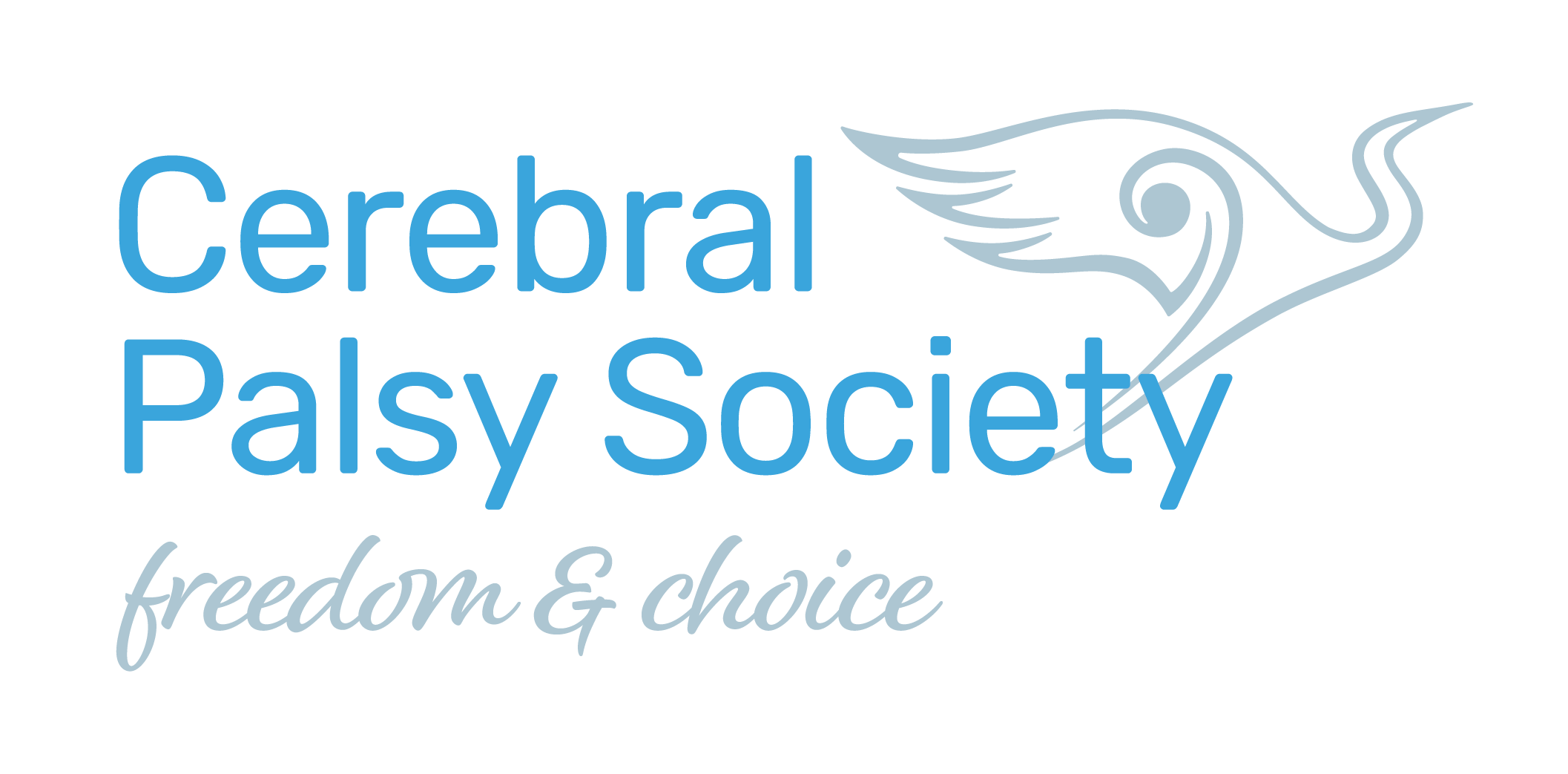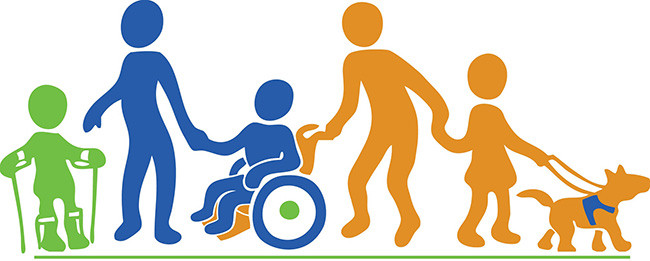Research
Dispatches from a Different Galaxy
22 Mar 2022
The “vast galaxy” that is the Cerebral Palsy Spectrum.
By Amy Hogan
The title of this article comes from a conversation that I will never forget.
The mother of a Cerebral Palsy Society member living with severe Cerebral Palsy was telling me that she feels like somebody from a different galaxy within the Cerebral Palsy community.
The metaphor always struck me.
But what was beneath it was even more important to hear.
Most people with any knowledge of Cerebral Palsy will understand that it is a spectrum, meaning that the diagnosis looks different for everyone.
However, this spectrum is not often talked about in terms of how it affects people’s everyday lives and their needs.
The mum was specifically saying that most services do not suit her child because her child simply doesn’t have the function to enjoy them.
Similarly, somebody who’s highly mobile and verbal may not see themself reflected in the Cerebral Palsy group.
This sense of exclusion can make an already lonely experience even lonelier.
As a researcher, I’m advocating for more specific information that relates to the different levels and experiences of Cerebral Palsy, eg what does leisure time look like for level I to V GMFCS.
The Gross Motor Function Classification System is used to describe a person’s gross motor function and the sort of equipment or mobility aids used.
Here are some of the main areas where the experience of Cerebral Palsy can differ and why that is so important. This is based on a Starship Child Health overview of Cerebral Palsy “scales” or functional classifications.
If you would like the scales in full, feel free to email me at amy@cpsociety.org.nz.
• The GMFCS (Gross Motor Function Classification System)
This scale primarily looks at how a person gets around and their primary method of mobility. The scale goes from I to V and indicates different aspects of moving, and the different use of equipment or mobility aids to assist them.
• The MACS (The Manual Ability Classification System)
This scale measures how a child or young person living with Cerebral Palsy uses their hands to do functional tasks like writing. It also measures how much assistance they need if it cannot be done independently.
• The CFCS (Communication Function Classification System)
This communication scale reflects the ease with which people are able to communicate within different settings. It is well known that Cerebral Palsy can affect speech. But there are degrees to the severity, from being completely nonverbal to having difficulty with speech only in particular settings. However, it is important to note that being nonverbal does not mean you cannot communicate meaningfully. Communication includes speech, gestures, facial expressions, and augmentative and alternative communication (AAC).
• The EDACS (Eating and Drinking Ability Classification System)
Children and young people with Cerebral Palsy may have problems eating enough food to grow and stay healthy because it is challenging to move their mouths to eat and drink efficiently. This system measures the eating and drinking capacity of people with Cerebral Palsy in everyday settings, such as biting and swallowing or chewing.
• The VFCS (Visual Function Classification System)
Cerebral Palsy can affect the part of the brain that controls vision. The VFCS describes the visual abilities of a person with Cerebral Palsy in everyday settings, navigating different environments and reading.
Here are some frequently asked questions from the Starship Child Health website:
What do these levels mean for my child?
As a parent or caregiver of a child with Cerebral Palsy, these classification systems can help you and your health professional plan for your child’s health and education needs, and the support that you and your child may benefit from in the future. Each of the systems use the same scale: Level I to Level V. A child classified at Level I will need less support and equipment. A child at Level IV or V may need more support and involvement from health and school services to help them with their daily activities.
Who can I go to if I need more information or assistance?
Talk to your Paediatrician and/ or your child’s therapy team to get more information. They can discuss your child’s particular classifications, what they might mean for your child and whānau, their subsequent needs, and proper management for their symptoms. Support and services are available for all types of Cerebral Palsy – these classification systems are only an initial guide.
Where can I go for more information as an adult with Cerebral Palsy?
Your GP and local Needs Assessment and Service Coordination (NASC) service are good places to start for assessing individual needs when it comes to Cerebral Palsy and its many symptoms and complications.
It is important to remember that these classification systems are for diagnosis and treatment purposes only.
It does not necessarily reflect a person’s quality of life. The more comprehensive and specific the understanding of Cerebral Palsy is, the easier it can be to ask for things that will address individual needs.
People can live well wherever they measure on any of these scales.
Cerebral Palsy is a vast galaxy that needs plenty of information to help us navigate it.
– Amy Hogan is CP Society’s Researcher and Member Support Advisor
This article was originally published in the Jan-Apr 2022 edition of The Review magazine.
For more information:
Melanie Louden
Communications Manager
melanie@cpsociety.org.nz
Mobile: 022 087 8191
RECENT POSTS
- Navigating change in the health and disability landscape
- Update: Respiratory and oral health in children and young adults with CP in Aotearoa New Zealand
- Understanding fatigue in disability: Insights and strategies
- The practicalities of disability and sleep
- Understanding latest advancements: hype, hope, and practicalities




